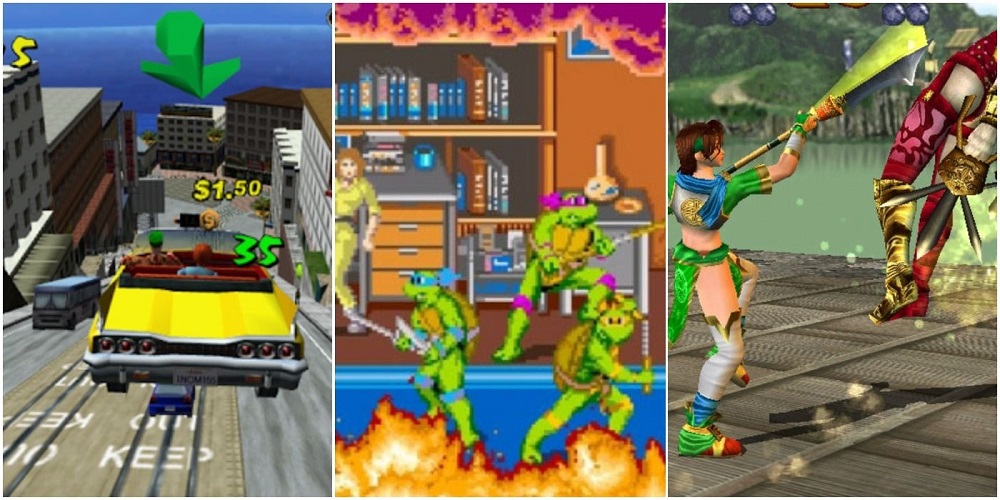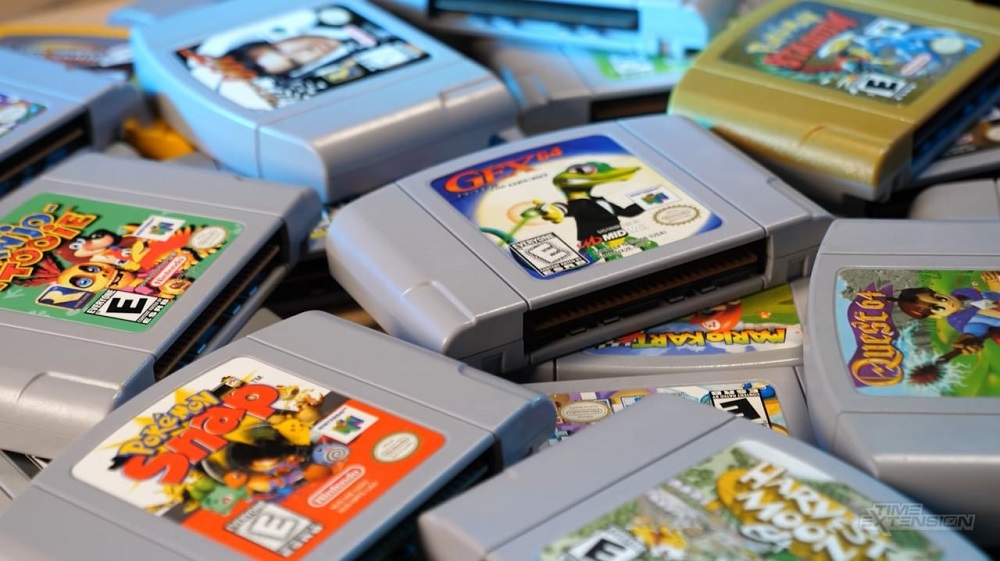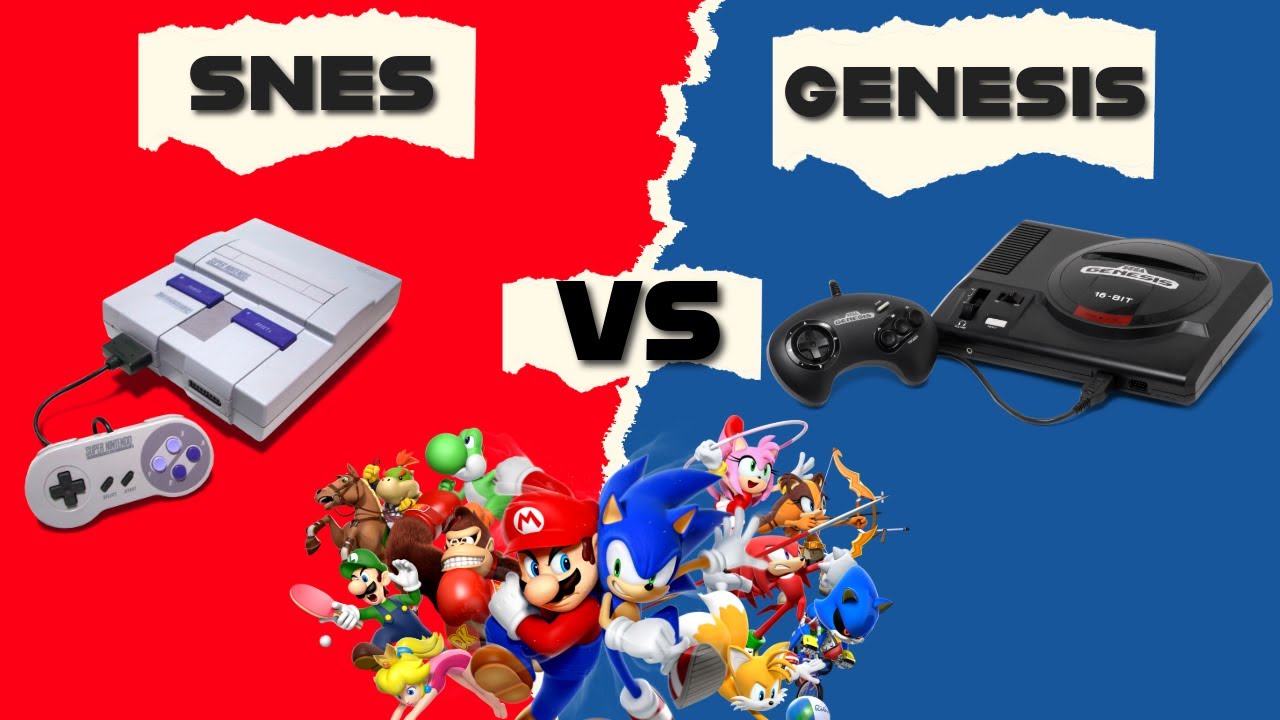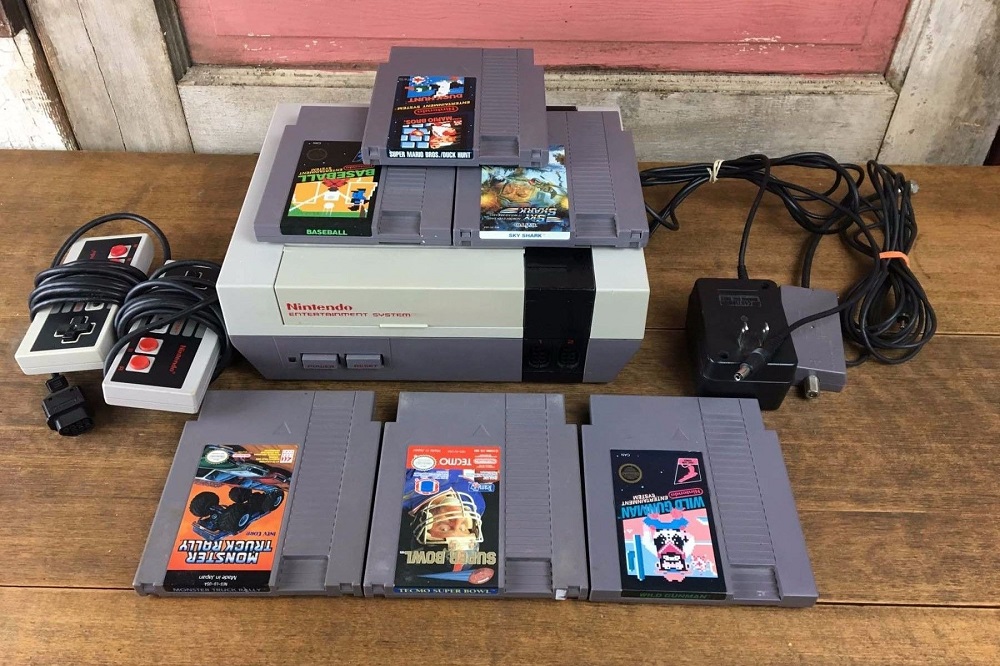In the golden age of gaming, the arcade was king. Players crowded around cabinets, pockets filled with quarters, eager for just one more round. But as home consoles grew, the dream was clear: bring the arcade experience into the living room.
Arcade-to-console ports shaped the way we experienced games at home. Some were near-perfect recreations, others compromised by hardware limitations, but all of them left a mark.
Here’s Oldies Nest’s look at the top 10 arcade-to-console ports that defined gaming history.
1. Space Invaders (Arcade → Atari 2600, 1980)
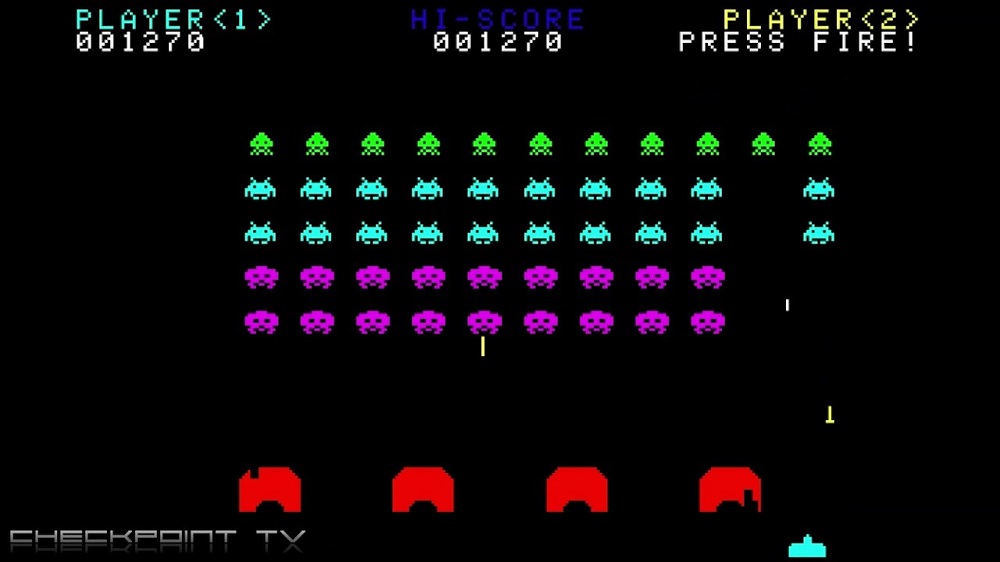
When Space Invaders came to the Atari 2600, it transformed the console into a must-have system.
- Why It Matters: First killer app for consoles.
- Impact: Quadrupled Atari 2600 sales.
- Legacy: Proved that consoles could thrive on arcade hits.
2. Donkey Kong (Arcade → ColecoVision, 1982)
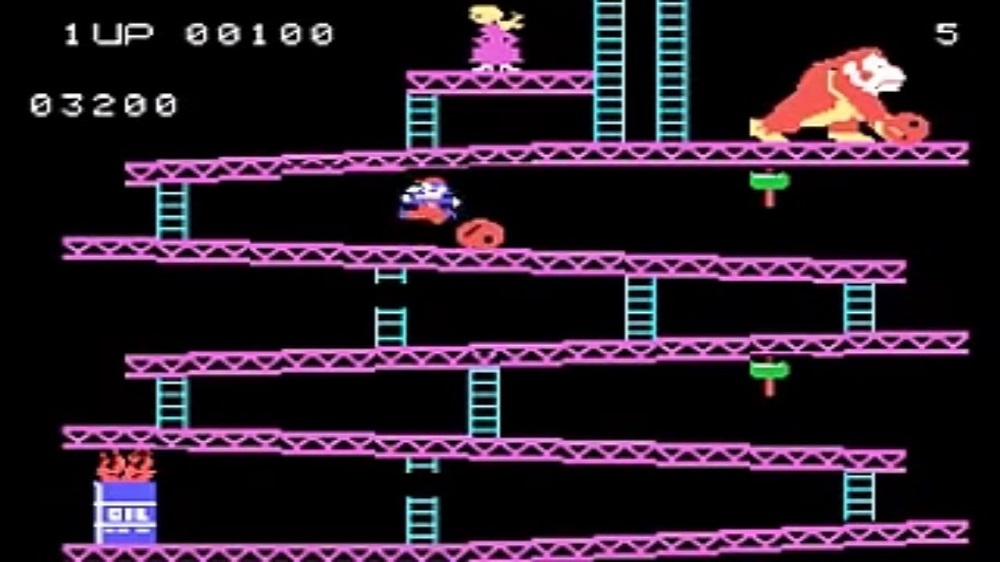
Nintendo’s Donkey Kong became the defining title for the ColecoVision.
- Strengths: Closest to the arcade version at the time.
- Cultural Impact: Introduced Mario (then Jumpman).
- Why It Matters: Gave ColecoVision a reputation for “arcade-quality graphics.”
3. Pac-Man (Arcade → Atari 2600, 1982)
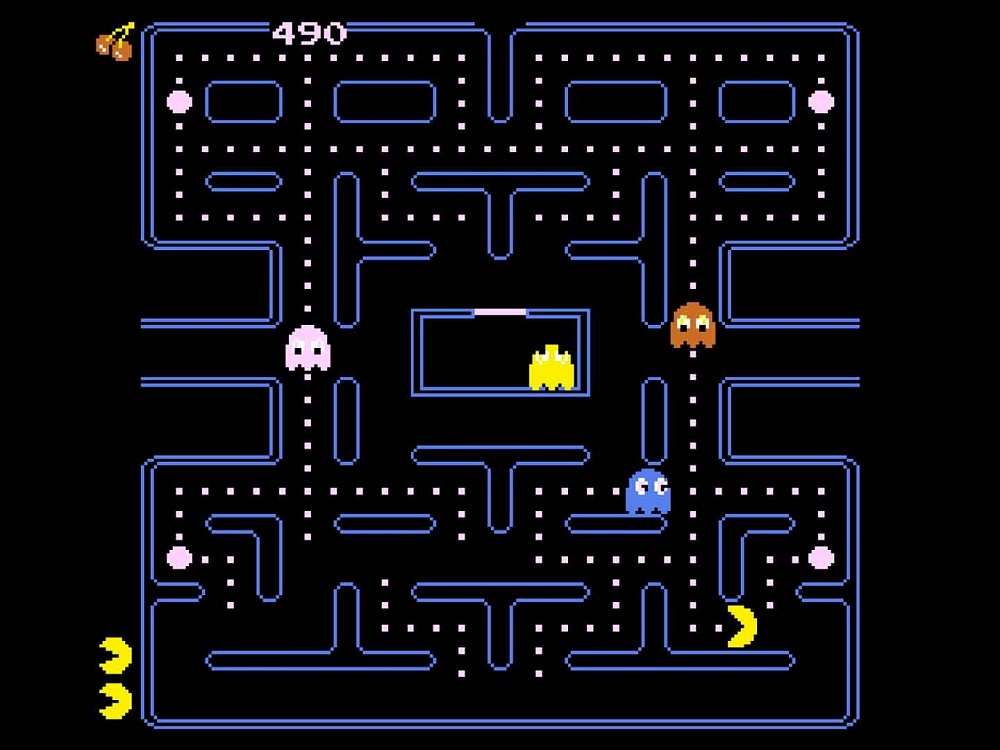
Infamous yet important, the Atari 2600 port of Pac-Man showed both the power and pitfalls of arcade-to-console ports.
- Problem: Poor visuals and sound compared to arcade.
- Impact: Sold well but hurt Atari’s reputation, fueling the 1983 crash.
- Lesson: Ports must balance faithfulness with hardware limits.
4. Street Fighter II (Arcade → SNES, 1992)
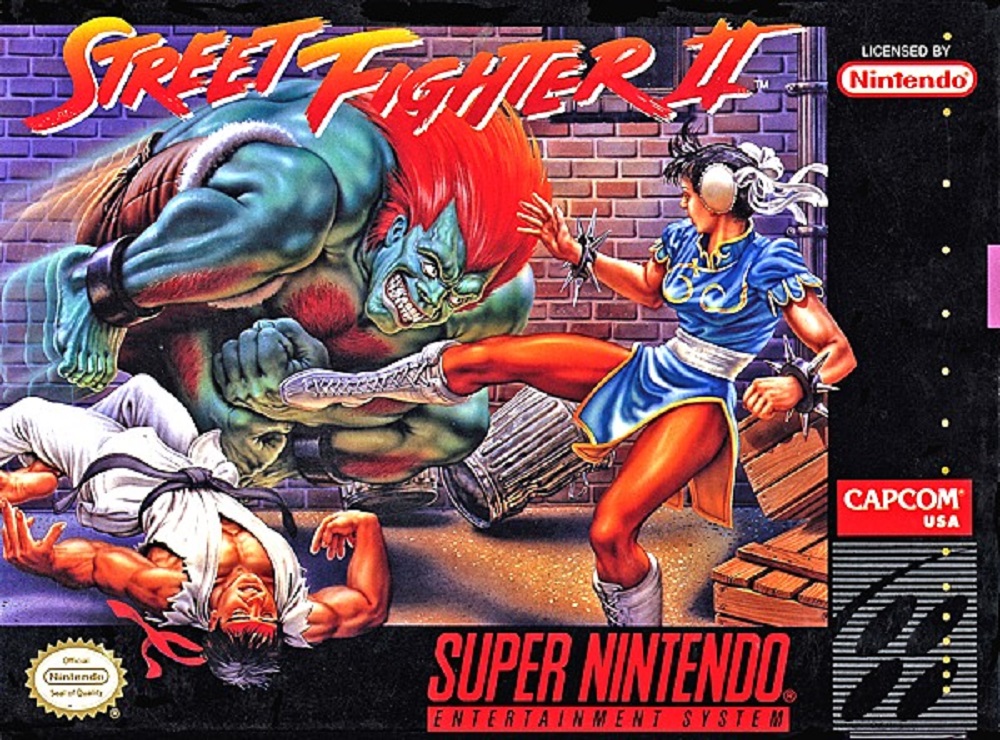
Capcom’s fighting juggernaut made a smooth transition to consoles.
- Why It Shined: SNES port preserved combos, graphics, and speed.
- Impact: Turned the SNES into the system for fighting game fans.
- Legacy: Cemented the 16-bit console wars between SNES and Genesis.
5. Mortal Kombat (Arcade → Genesis/SNES, 1993)
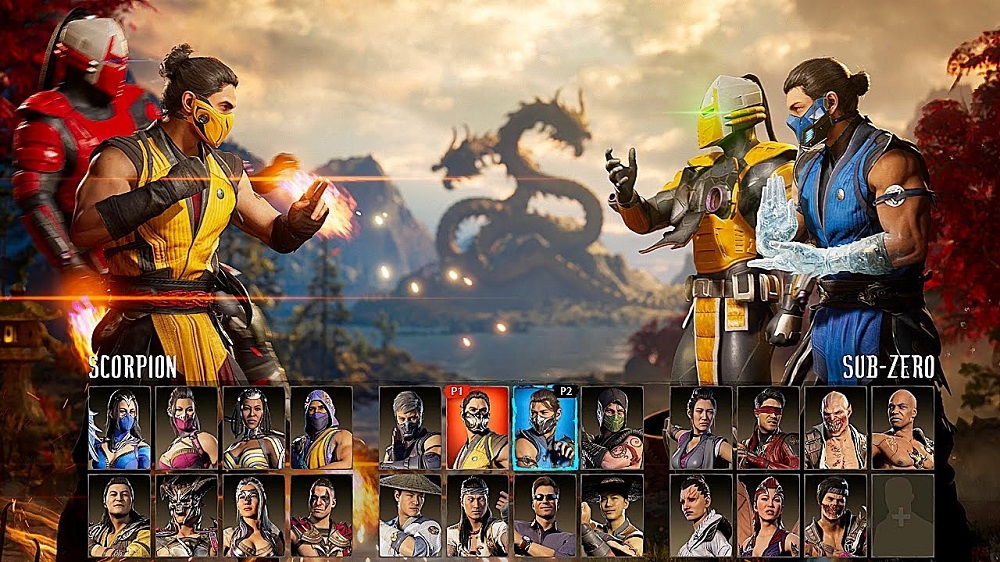
Another iconic fighter, but this time controversy defined the port.
- Genesis Advantage: Included blood with a cheat code.
- SNES Limitation: Censored violence, frustrating fans.
- Result: Genesis gained a cultural edge, showing the importance of faithful ports.
6. Teenage Mutant Ninja Turtles II: The Arcade Game (Arcade → NES, 1990)
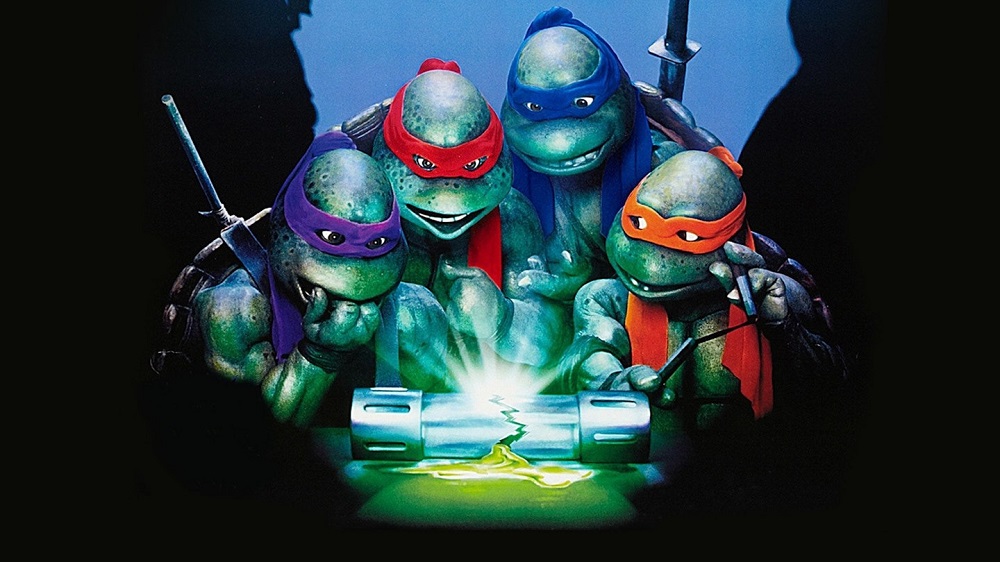
While not arcade-perfect, the NES port captured the fun of co-op brawling.
- Strengths: Brought the arcade multiplayer experience home.
- Impact: Reinforced the NES as a social console.
- Legacy: Set the stage for future couch co-op hits
7. Crazy Taxi (Arcade → Dreamcast, 2000)
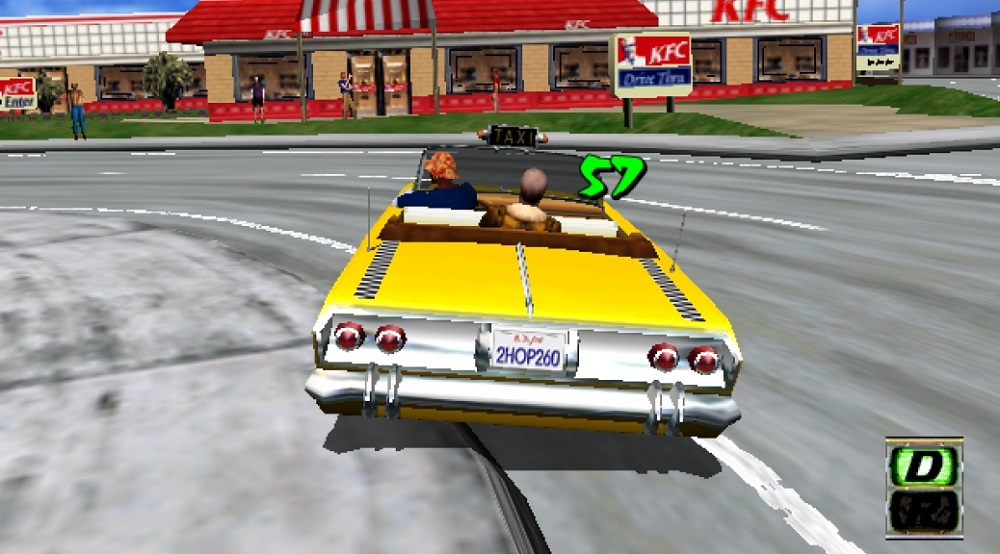
Sega’s chaotic driving game shined on the Dreamcast.
- Why It Worked: Nearly identical to the arcade, complete with The Offspring’s soundtrack.
- Impact: Became a Dreamcast staple.
- Legacy: Showed that Sega’s arcade DNA could live at home.
8. Soulcalibur (Arcade → Dreamcast, 1999)
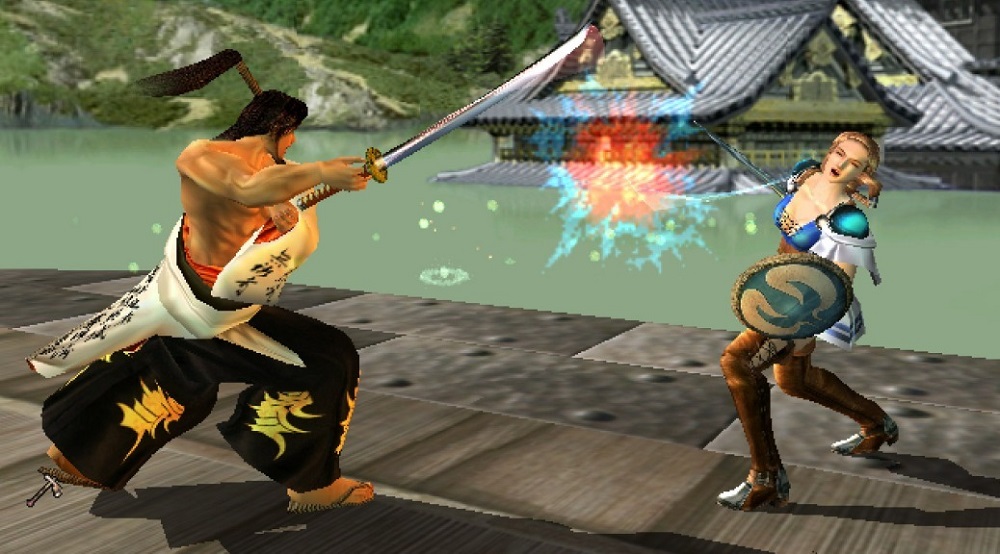
Another Dreamcast triumph, Soulcalibur actually looked better on console than in arcades.
- Graphics Leap: Optimized for Dreamcast hardware.
- Gameplay: Deep, balanced, and accessible.
- Why It Matters: One of the first times a console port surpassed its arcade counterpart.
9. NBA Jam (Arcade → Genesis/SNES, 1994)
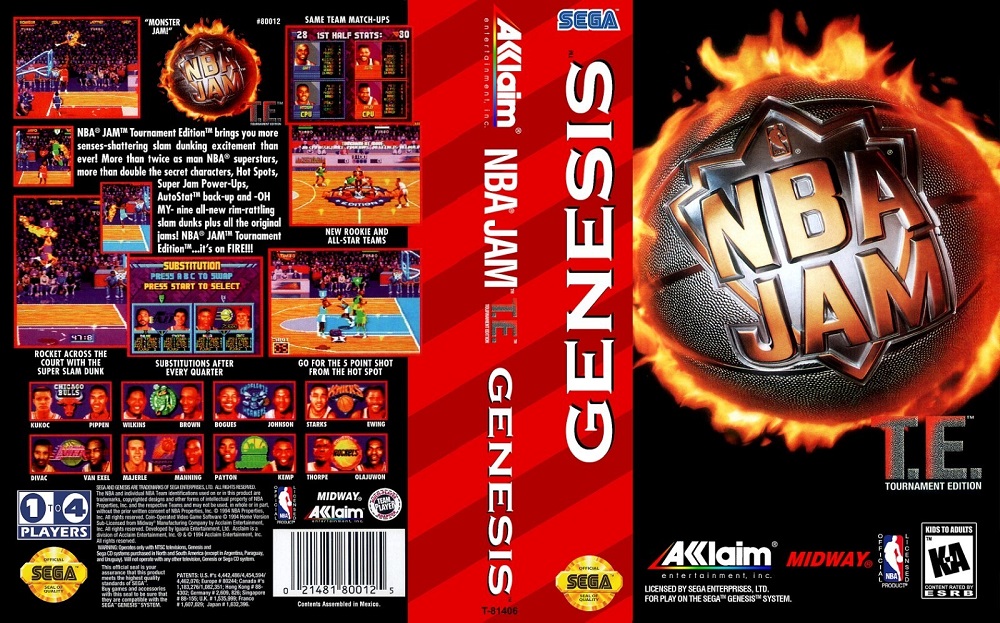
“Boomshakalaka!” Midway’s over-the-top basketball game was just as fun at home.
- Genesis Strengths: Speed and responsiveness.
- SNES Strengths: Better audio and visuals.
- Impact: Party staple, keeping the arcade multiplayer vibe alive.
10. Tekken 3 (Arcade → PlayStation, 1998)
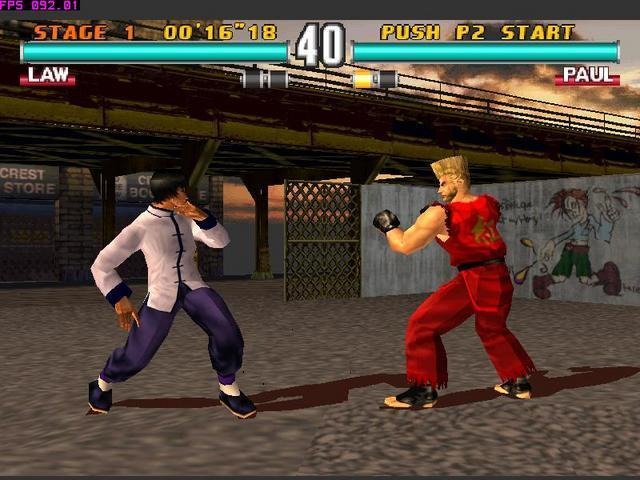
Namco’s fighter thrived on the original PlayStation.
- Port Quality: Nearly flawless transition.
- Impact: Showed Sony’s ability to match arcade experiences.
- Legacy: Helped the PlayStation become the go-to system for fighters.
Why Arcade Ports Defined Consoles
Arcade-to-console ports mattered because they:
- Boosted Console Sales: Killer apps like Space Invaders made systems essential.
- Shaped Console Wars: Differences in ports influenced fan loyalty.
- Preserved Games: Without ports, many arcade classics would have vanished.
Even today, these ports are a big reason retro consoles remain popular with collectors.
Collector’s Perspective
Collectors prize both arcade cabinets and console ports:
- Complete-in-box ports like TMNT II or Street Fighter II are highly valuable.
- Differences between ports add intrigue (Genesis vs. SNES Mortal Kombat).
- Ports also serve as preservation tools, ensuring access to games beyond arcades.
Conclusion: From Coin Slots to Cartridges
Arcade-to-console ports were more than adaptations — they were bridges between two worlds. They brought social, exciting, and addictive gameplay into homes, helping consoles rise from niche gadgets to mainstream entertainment.
Some were flawed, others brilliant, but all of them shaped gaming history. In 2025, we can look back and see how these ports defined entire generations of players.
